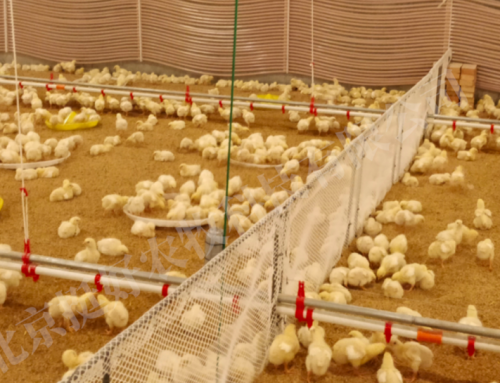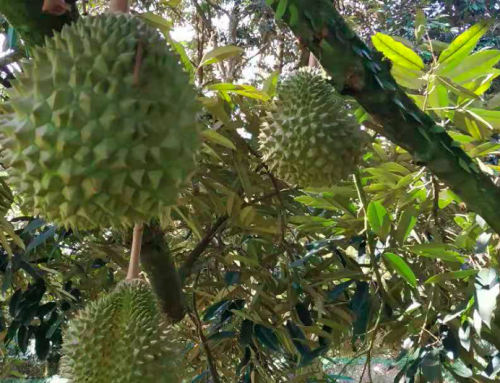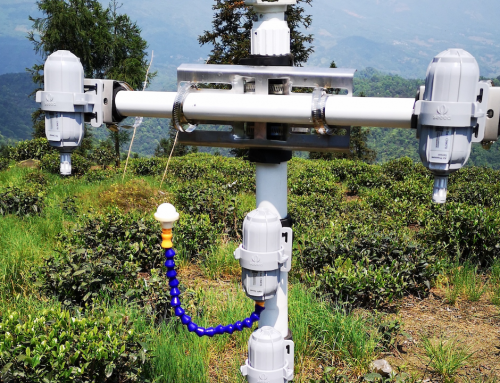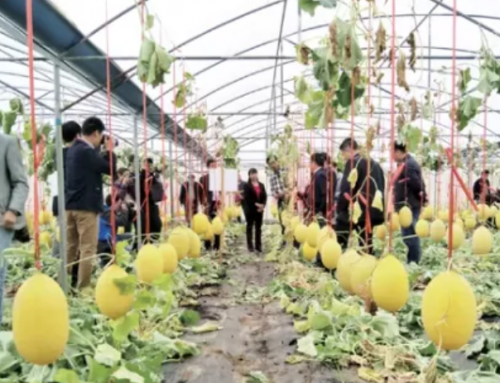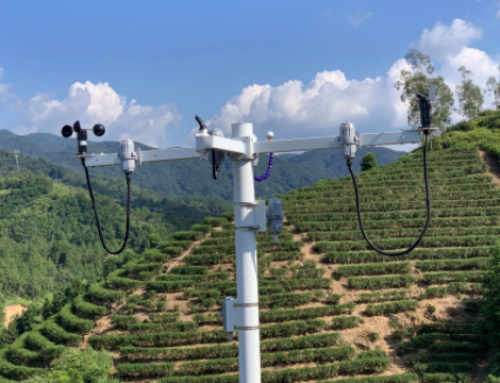Project Description
AiCU, Seeed Partner, Won the 2nd Place at the Autonomous Greenhouse Challenge 2019-2020
We are thrilled to share a piece of news: Seeed partner AiCU has recently won the 2nd place at the recently-concluded Autonomous Greenhouse International Challenge 2019-2020! This challenge is co-organized by WUR (Wageningen University & Research) and Tencent, with the goal of “find the best intelligent planting solution for cherry tomatoes in an autonomous greenhouse within 6 months”. 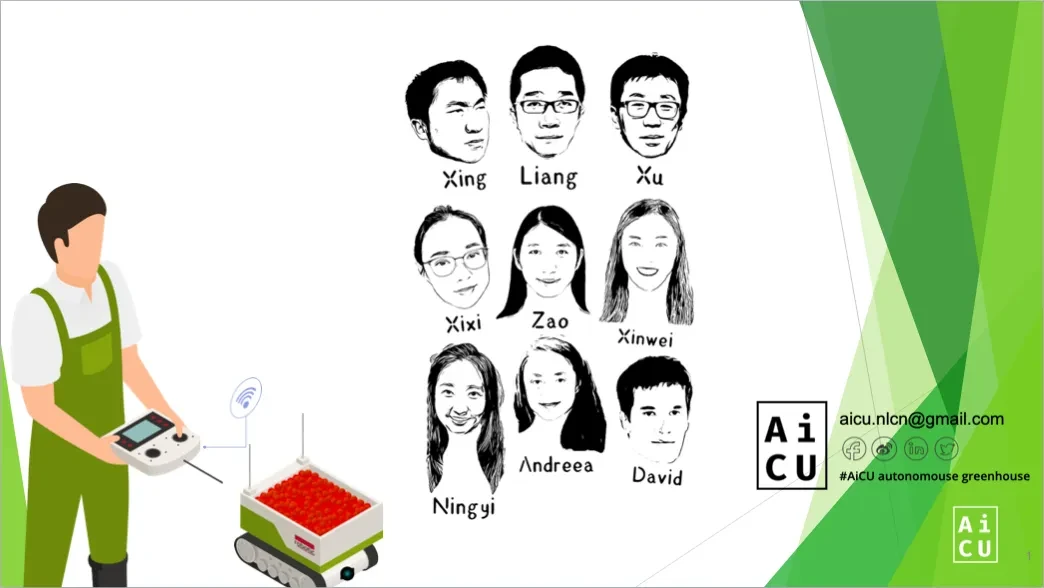
As the world’s most prestigious university in the agro-food domain, WUR has never ceased in contributing novel ideas, techniques, and practices in the food and agriculture industry. Since 2018, WUR and Tencent have partnered in organizing challenges to encourage the adoption of AI and sensor in growing food with fewer inputs of resources. And we are happy to see Seeed IIoT product series SenseCAP playing a role in monitoring the environmental data for AiCU Team to produce cherry tomatoes at the optimal use of resources. 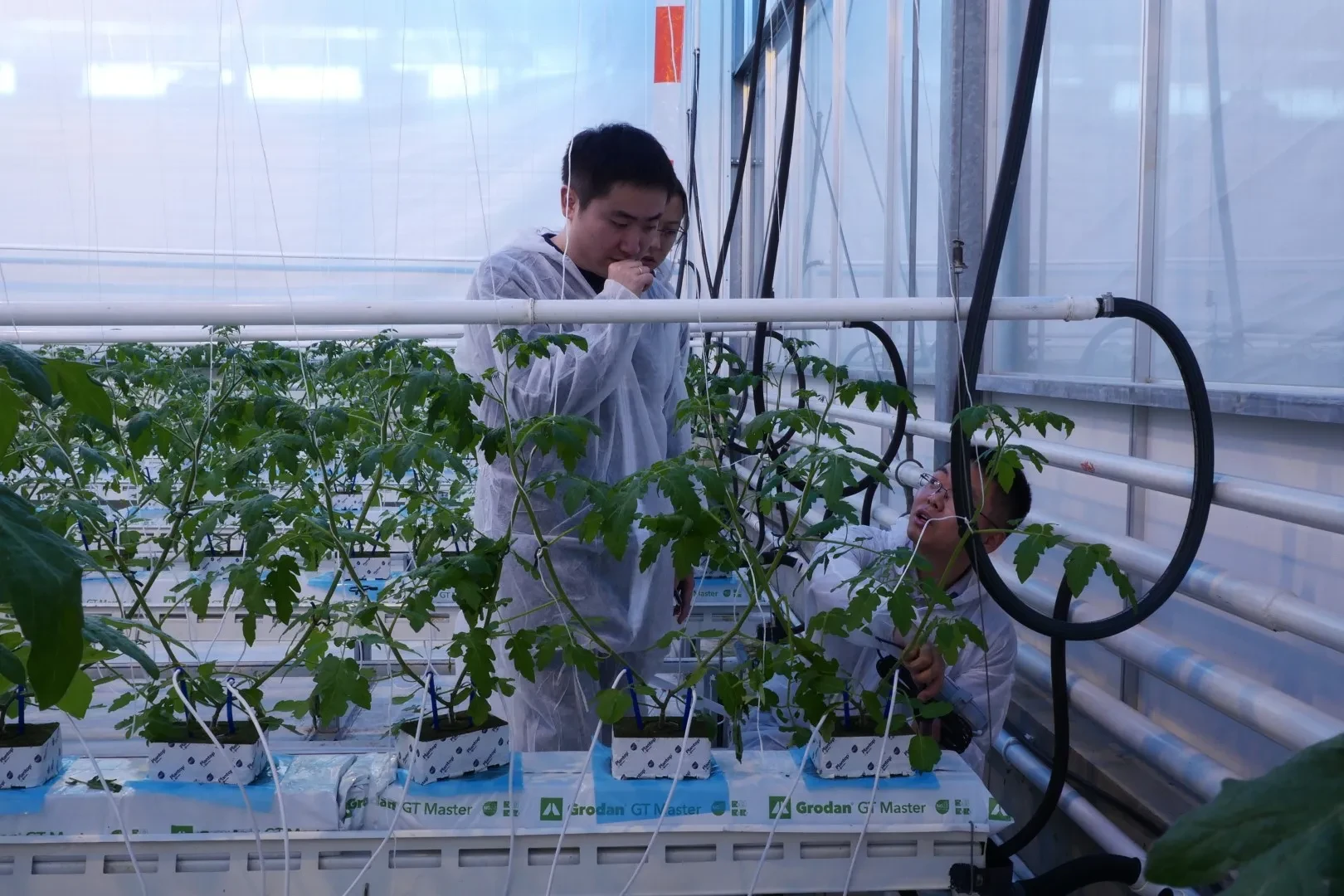
The Autonomous Greenhouse International Challenge was held on the WUR campus in Bleiswijk, Netherland. WUR provided all teams with the same facilities, including greenhouse compartments, cherry tomato “Axiany” seedlings, substrates, lightings, an advanced greenhouse simulator, and some basic sensors, etc. Each team was able to add extra sensors and cameras based on their needs. Data collected by the sensors are crucial to reflect the condition inside the greenhouse, and precise control of the parameters can determine the growing status of the plants. By combining data with their own ICT/ models/ machine learning algorithms, the teams made decisions for the settings of the greenhouse, including lighting, temperature, humidity, CO2 concentration, nutrient, irrigation, and ventilation, etc. at the specific time with the exact amount for the optimal duration.
All the decisions made by the teams will determine the inputs and outputs, which ultimately decides who wins the challenge, based on the following criteria of “high quality, high yield, low energy consumption, automation, and technology transferability”, according to the challenge coordinator Dr. Silke Hemming. 
The AiCU team members’ expertise in the fields of crop modeling, plant physiology, electronic engineering, AI, and machine learning enables them to make the best use of data collected from the sensors for making decisions. Among the many parameters, the following data – soil moisture (VWC), soil temperature, electrical conductivity (EC), photosynthetically active radiation (PAR) are collected and monitored by SenseCAP LoRaWAN sensors and gateways.
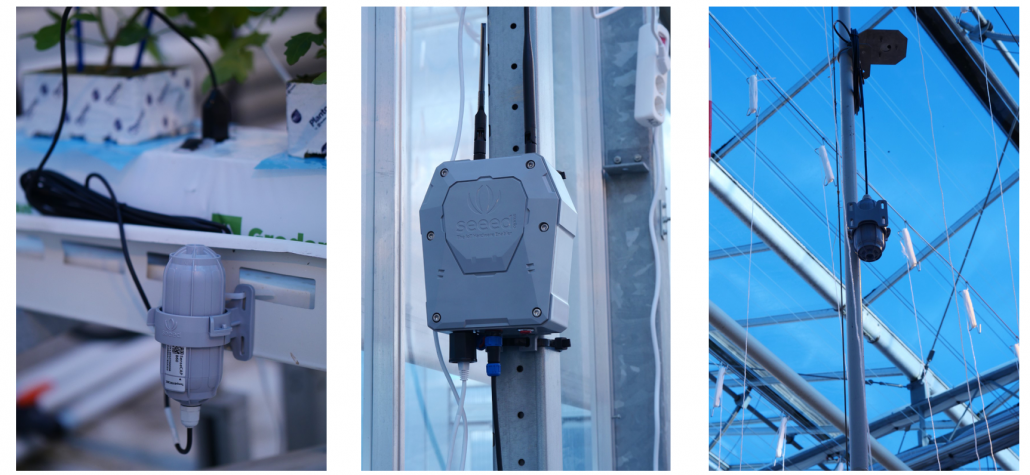
During the 6 months of the competition, the AICU team had skillfully built their own algorithms and model based on the data feed from the sensors. Thus optimal decisions are made for controlling the greenhouse. Based on the continuous harvests of the cherry tomatoes and calculation of the resources consumed during the competition, AiCU Team made it to the 2nd place among the competitive teams.
When talking about the role of sensors, Liang Li, the Chief Programmer at AiCU team commented:
Seeed SenseCap sensors provide excellent real-time measurement accuracy as well as easy installation in built-up greenhouses thanks to its battery-powered wireless operation. The API allows us to integrate the sensors smoothly in our own software system. It was a good experience to work with Seeed SenseCap and we’re looking forward to deploying it in more competitions and production greenhouses.
Although there is still a long way to go before AI can be widely accessible for agriculture, the Autonomous Greenhouse Challenge 2019-2020 has provided insights and inspirations about how AI and IoT technology can empower the agriculture industry to meet more efficient sustainable growth. According to FAO, by 2050 the world’s population will reach 9.1 billion, and our food supply must increase by 70% to meet the future demand. As there is a decline of arable land in the past decades, it’s pressingly important for us to produce food more efficiently and sustainably. One of the methods is growing food in the greenhouses. “Production volumes in greenhouses are typically up to 10 times higher than in the open field. At the same time, greenhouse production uses much less water compared to open field,” according to WUR. In this challenge, we can envision smarter greenhouses with even higher yields and lower inputs after widely adopting AI & IoT technologies. 
As well, Greenhouses provided a stable income for farmers during the COVID-19 crisis, according to the United Nations. And there has been flourishing in urban farming, as the World Economic Forum reported. We, as individuals, organizations, enterprises, need to be prepared for the changing world in post-COVID. By making modern techniques and systems such as AI and IoT more accessible, even agriculture, one of the most traditional industries, can be transformed. No matter it’s outdoor farming, tea growing on high mountains, fruits & vegetable cultivation in greenhouses, or any categories of husbandry, technology can play a role, not to replace the manpower, but to increase efficiency, lower inputs, and enlarge production at the same time to protect the environment. Seeed is looking forward to contributing to this trend of transformation by partnering with system integrators, technical partners, and agricultural experts in the future.
Spoiler Alert!
Currently, the AiCU team has enrolled in a new challenge, the Pinduoduo Agriculture Competition, which is co-organized Pinduoduo and China Agricultural University. AiCU’s score is currently at the 1st place at this competition! Please stay tuned for our next update!

